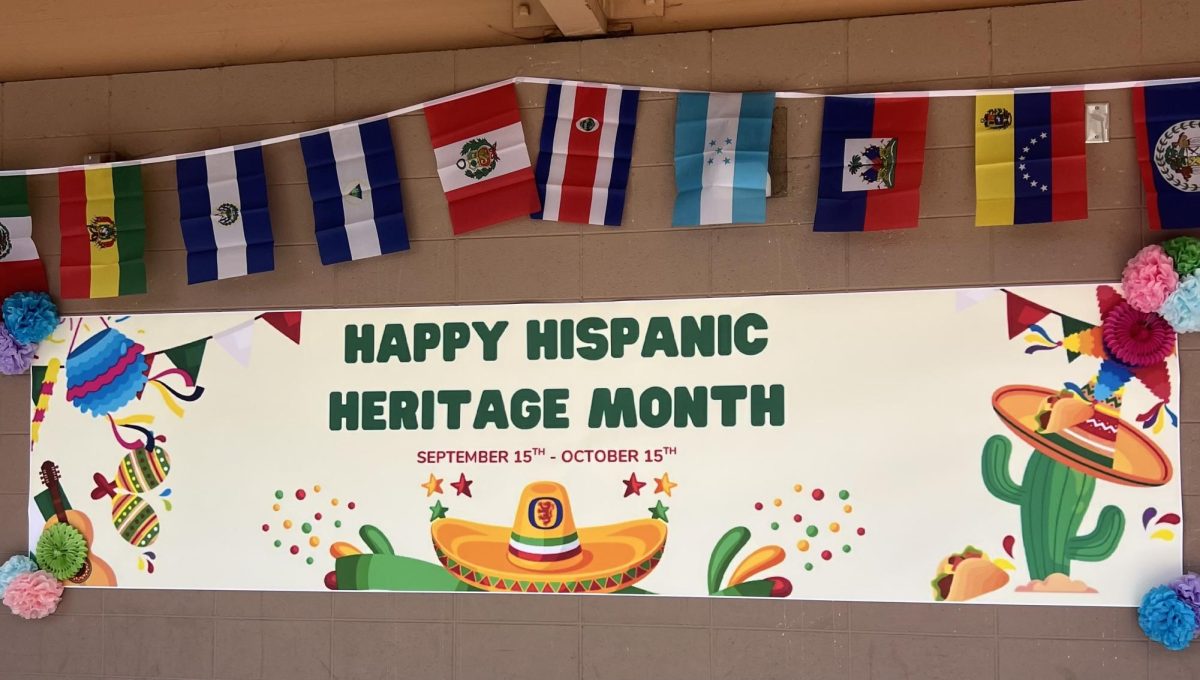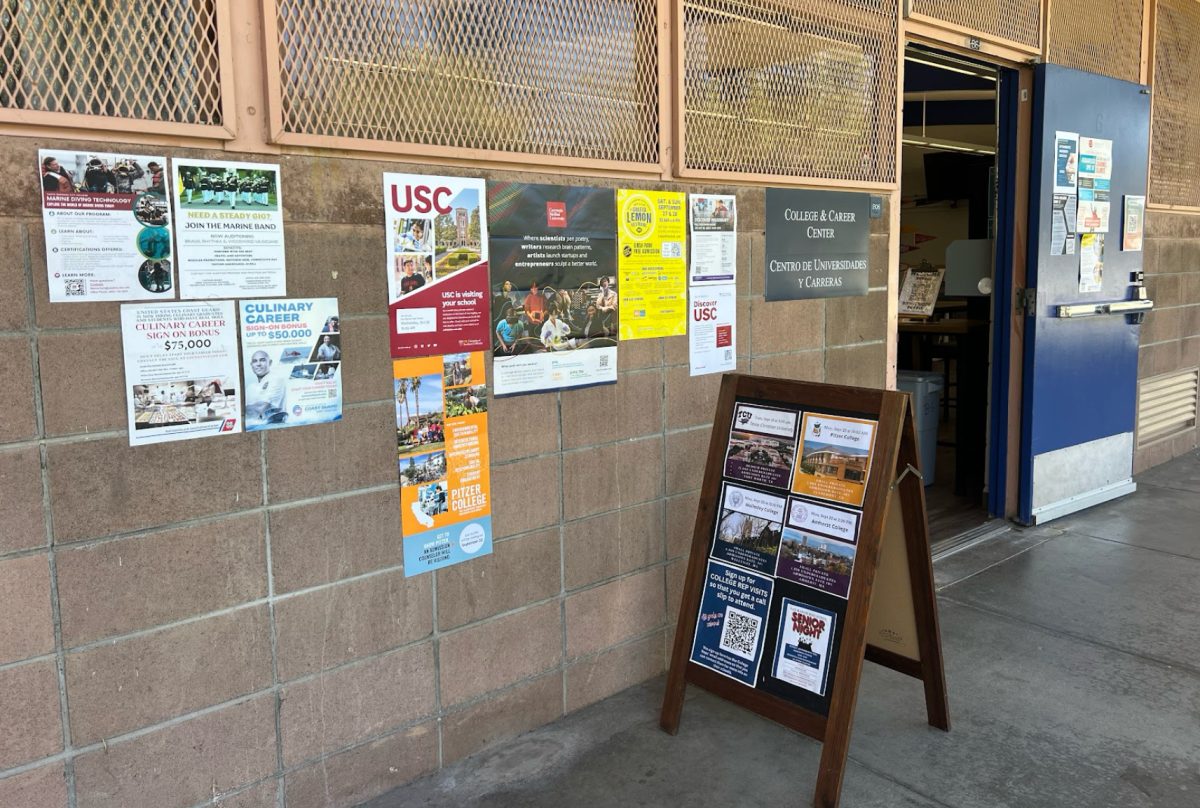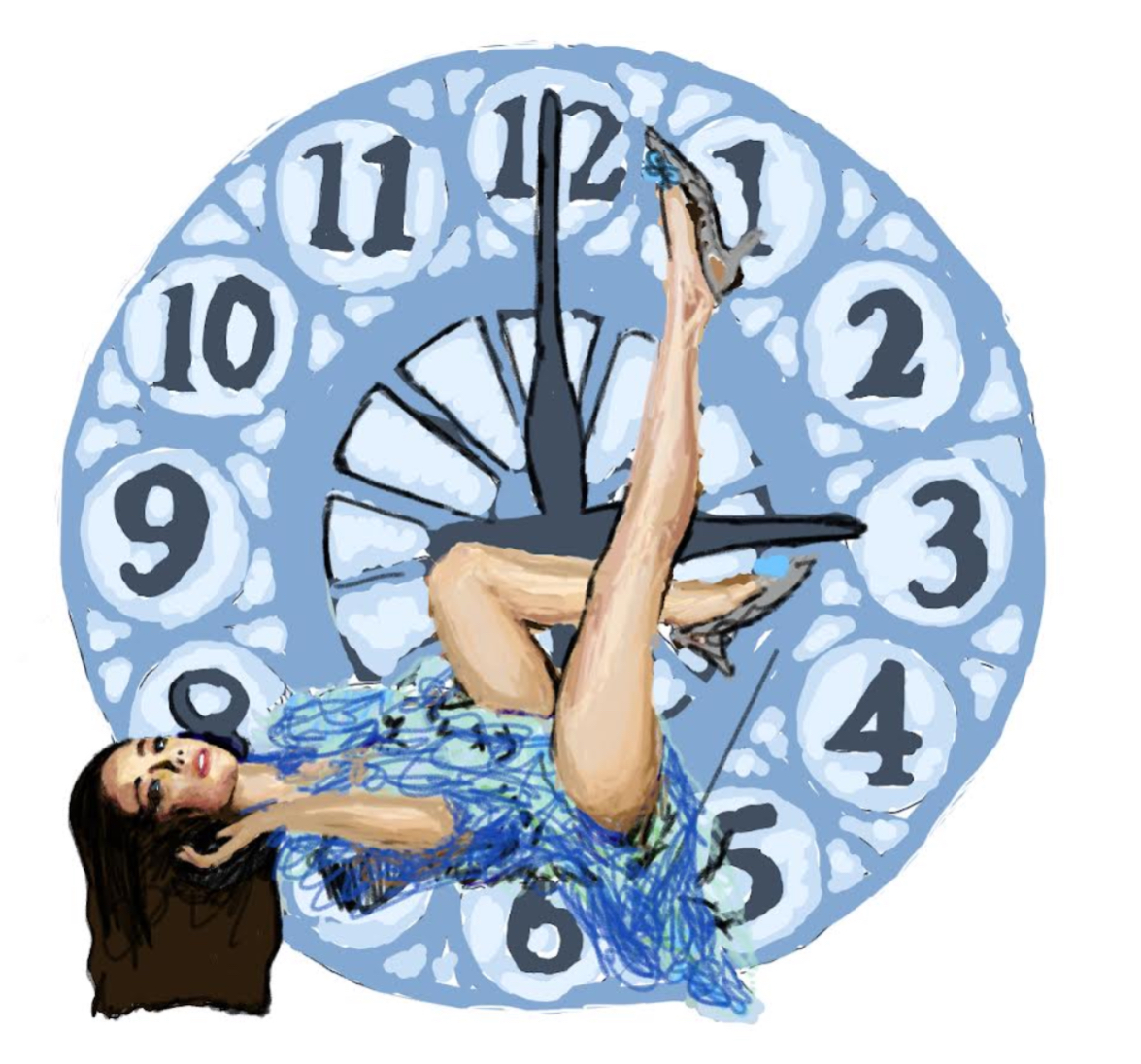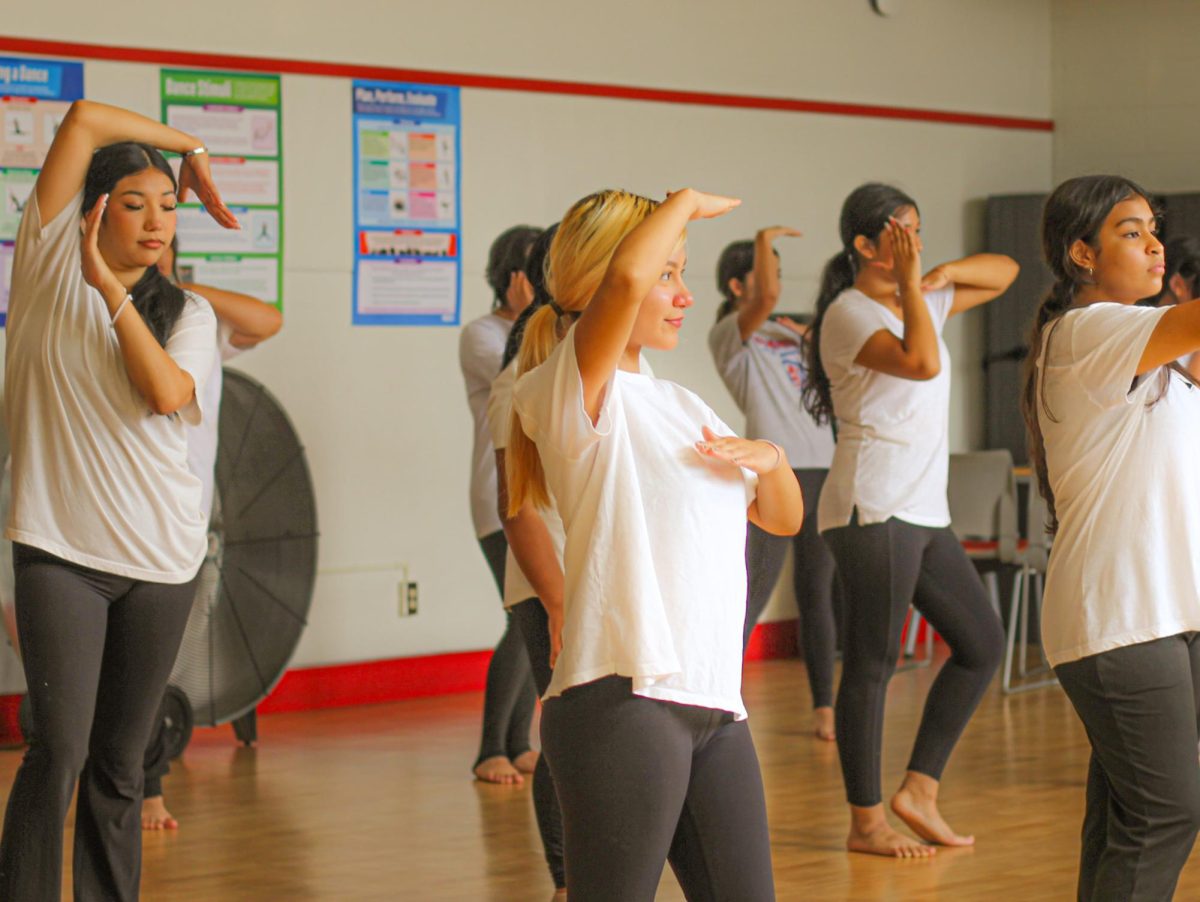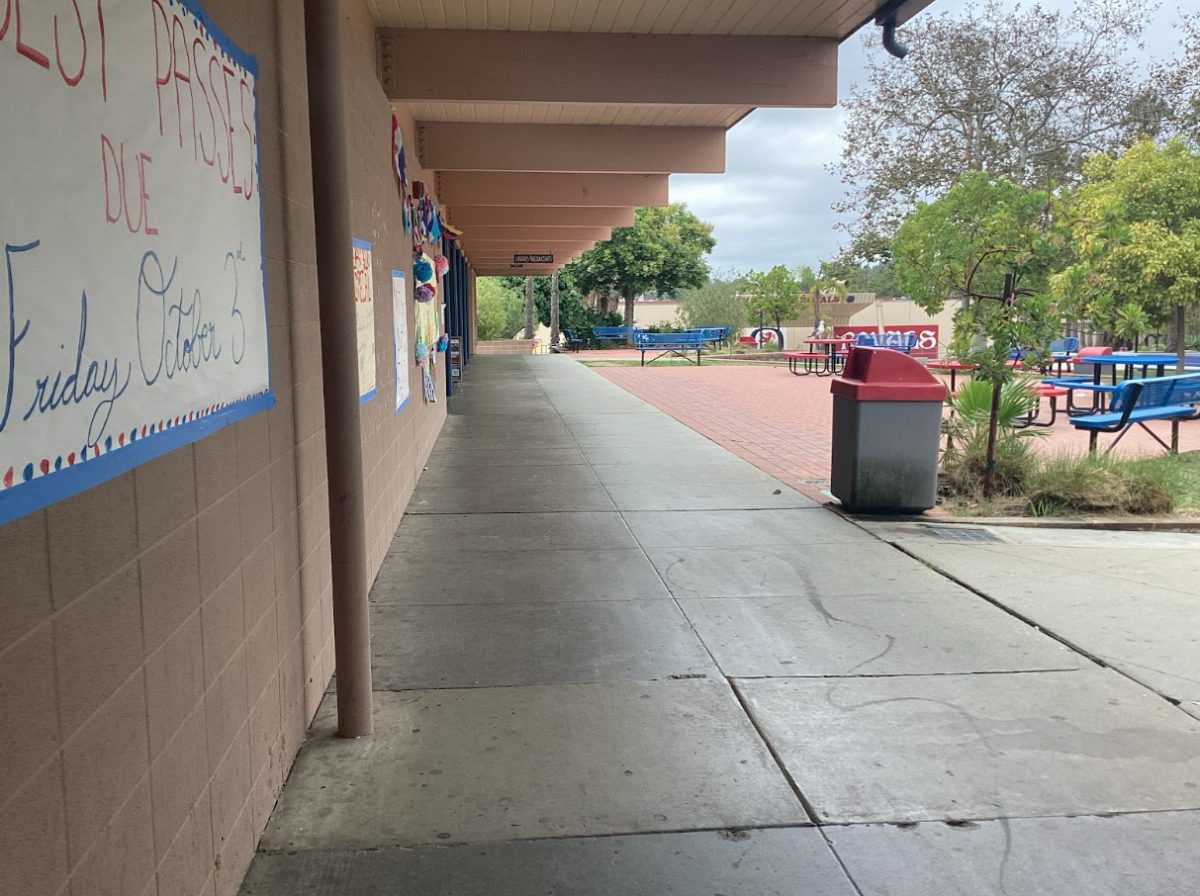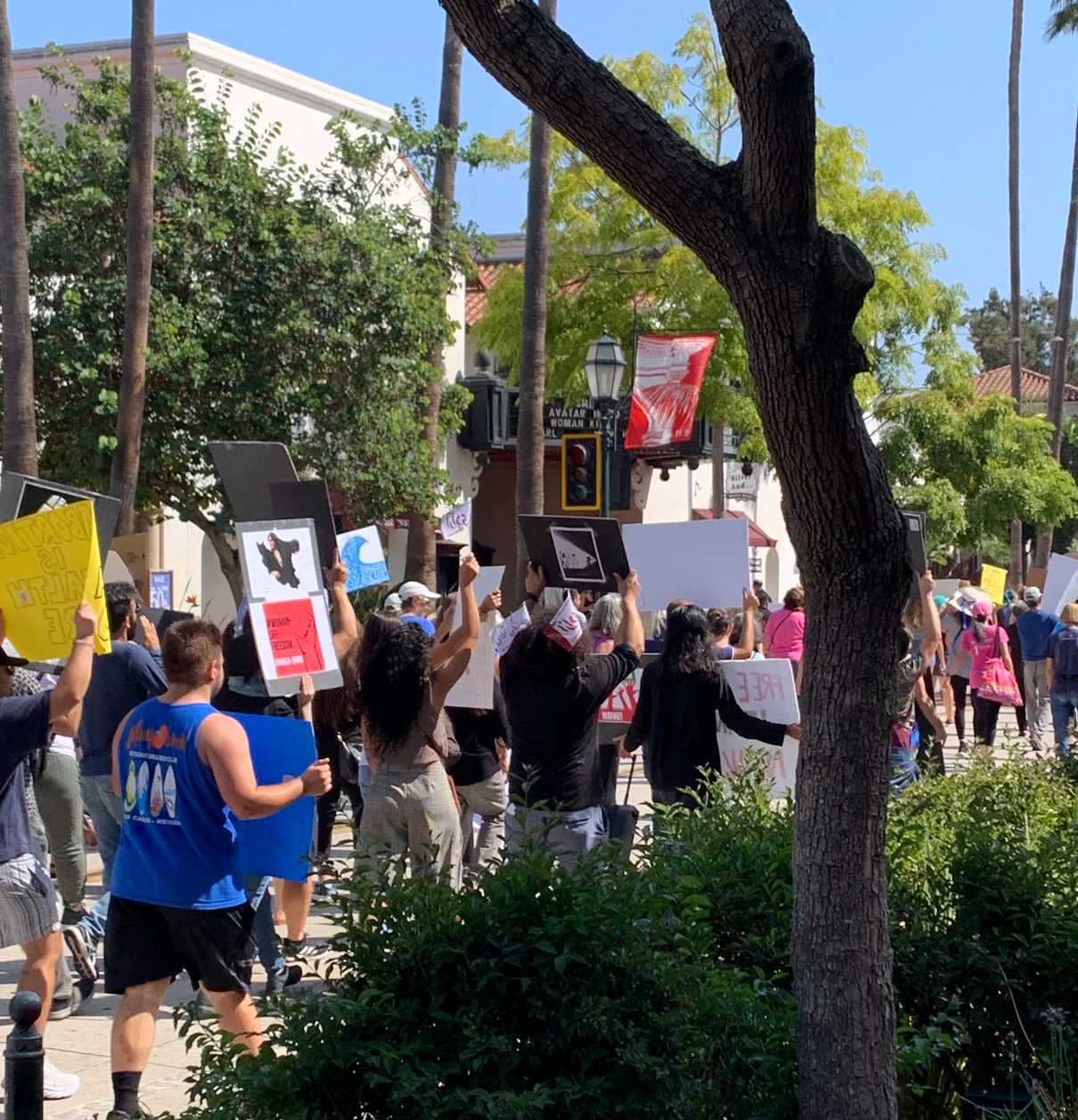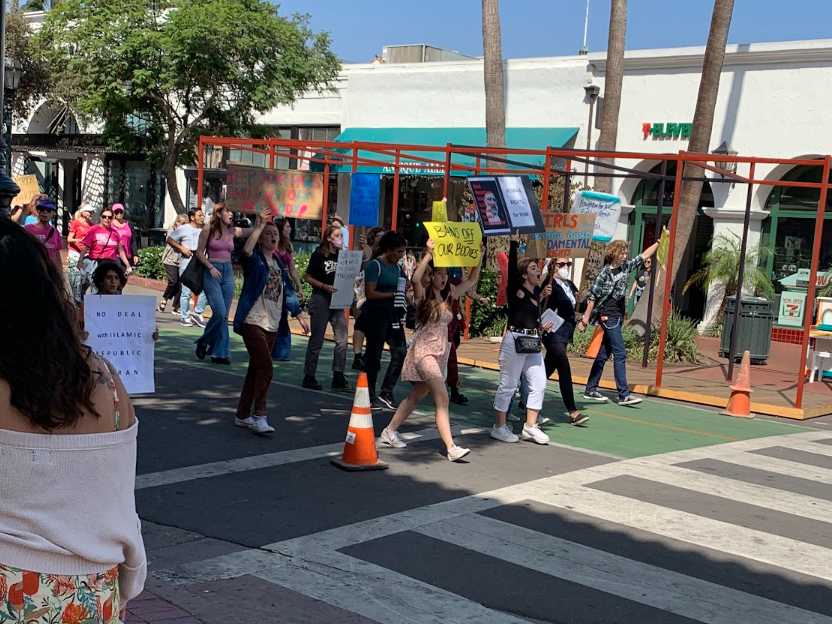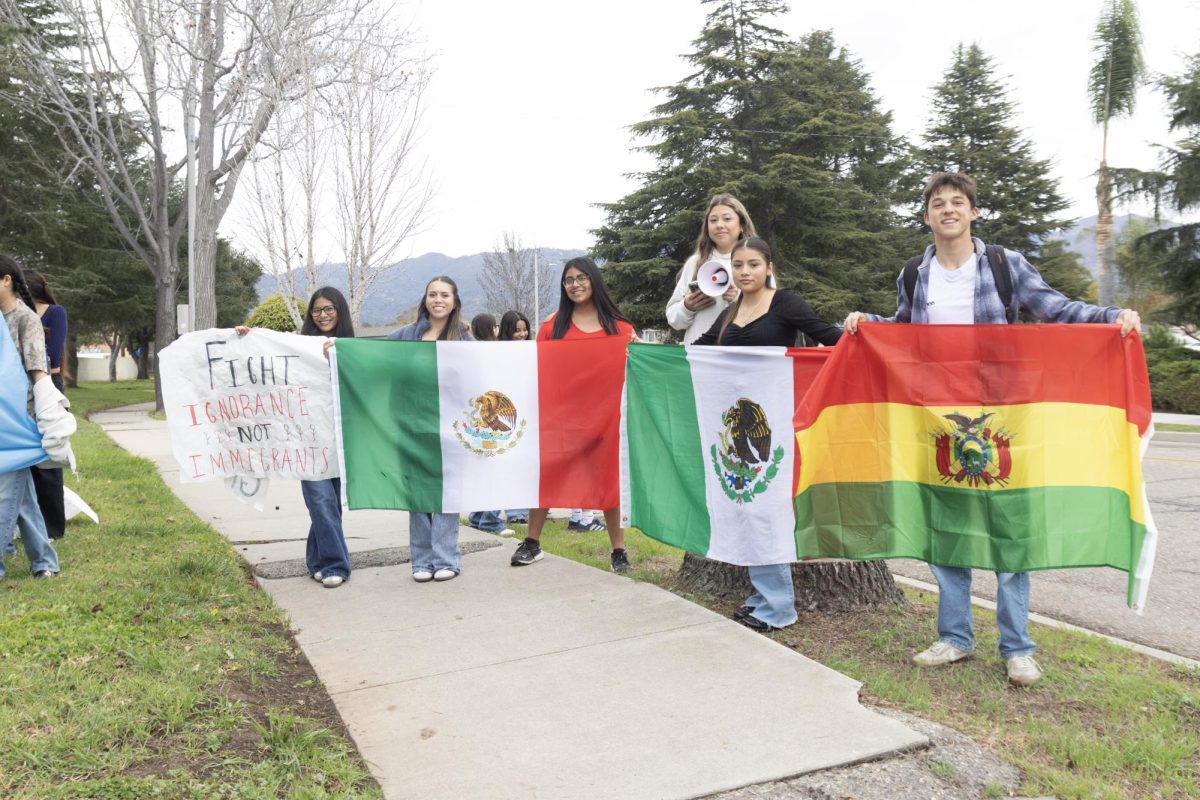On September 16th, 2022 Mahsa Amini, a 22 year old Iranian woman, died after being comatose for three days. Amini was visiting Tehran when she was detained by the morality police for being improperly clothed, meaning some hair was showing through her hijab. In police custody, she was brutally beaten, which shocked her into a fatal coma. Her death has sparked a wave of anti-government and women’s rights protests across Iran. Protestors are saying that she could be anyone’s mother or daughter, that this could happen to any woman in Iran.
Over 154 people have died in the protests following her death, including two 16 year old girls, Nika Shakarami and Sarina Esmailzadeh. Nika has become another huge symbol for this movement. Her family disagrees with the government’s claims that she died in a fall. They maintain that she was tortured in police custody. Additionally, authorities tried to bury her body in a remote location without her family’s permission.
Speaking on our generation’s involvement in these protests, San Marcos junior Zoe Javanbakht said, “They [Zoe’s family from Iran] keep saying how brave Gen Z is in Iran, this generation does not remember [the Iranian revolution]. They are not afraid to take themselves into the street and risk being killed because they do not have the same trauma after the revolution.”
For many Iranians, this movement has brought back memories from the Iranian Revolution, which took place in 1978. Before the revolution, hijabs (head scarves worn by Muslim women in public) were not compulsory in Iran. However, after the revolution ended in February of 1979, hijabs became mandatory. On March 8th, 1979, women took to the streets and had the first demonstration against the compulsory hijab.
This cause has garnered a lot of attention on the internet. A popular TikTok trend has women lip synching to “Another Love” by Tom Odell while cutting off strands of hair similar to the hair showing through Mahsa’s hijab. Others have started taking action in more public forums. Some women have cut their hair while speaking at demonstrations, and there have been many women standing up against the oppression of hijabs. They have started walking the streets of Iran while not wearing hijab, risking both imprisonment and their lives. Some muslim women have started burning their hijabs during protests in Iran, a public display of animosity towards the government.
Actions have been taken locally as well. On Saturday, October 8th, there was a protest in Santa Barbara remembering Amini, Shakarami, and others killed, and advocating for women’s rights around the world. They marched down State Street while chanting the names of the women who have been killed.
Aazam Feiz, a lecturer at UCSB and an attendee of the protest, said, “They have shut down the internet in Iran. They have killed people in silence. This is why we spend time, we come to the streets, to be their voice.”
The Iranian community in Santa Barbara is staying strong and speaking out. According to the Santa Barbara Independent, there were daily demonstrations during the week of October 3rd on the UCSB campus. On our San Marcos campus, you can attend Ethnic Studies club meetings, which will continue to talk about this cause. If you want to get involved, continue to speak out, remember their names, and maybe attend future protests! I would like to end off with a powerful quote from Aazam because it is important to listen to the voices of people who are affected by this.
“We have one expression, we say, ‘my blood is not more colorful than theirs.’ It means my blood is not more precious than the other. For us, enough is enough. This is not a protest, this is a revolution.”



